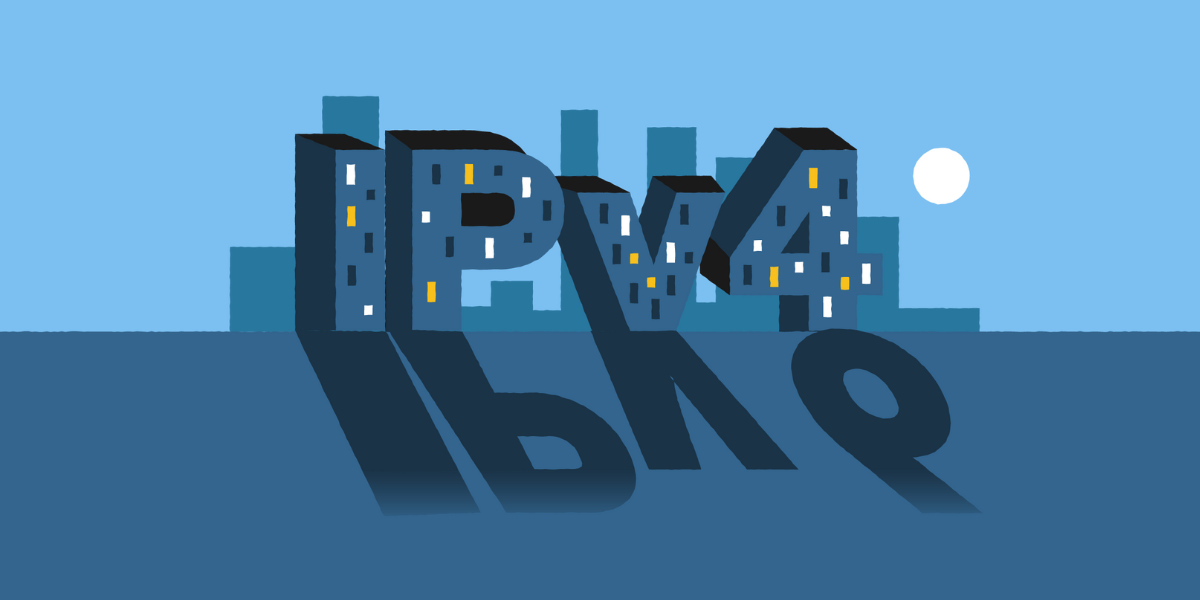Cooperatives: IPv4 Alongside IPv6
By Leo Vegoda
June 10, 2022

The connection between subscriber sites and the central office is the most expensive part of an access network. If you have an existing network and subscriber base, then you have an advantage. Deploying the physical cables is a significant part of that cost. But other elements include getting the right to do so, planning the deployment, and getting potential customers signed up.
Phone companies pioneered access in the early 1990s because the internet required telephones and modems. But technology has moved from a system based on calls to always-on access. Enter the power company.
Advanced Metering & IP Addressing
Advanced metering is a new technology that goes beyond the original metering function of recording how much of a utility service, like electricity, is used. New systems record when the consumption happened. This empowers the subscriber to make better decisions about when to use devices. It also means the utility provider can introduce time-of-day charging and other innovative services.
Utility providers around the world are switching from mechanical to smart meters. These generally need an internet connection. Existing utilities have an advantage here as they already have cables going into the subscribers’ premises. They can provide both advanced metering and subscriber internet access.
IP Addressing
IP addresses are the numerical identifiers for network interfaces that send and receive data. IP addressing is a key issue for utilities deploying integrated advanced metering and internet access. This is because there are now far more networked devices than IPv4 addresses.
The most widely deployed internet addressing protocol is IPv4. It has just 4.3 billion addresses, with only 3.8 billion of them available for use by ordinary internet devices. This means there are far more people than addresses. But most people use more than one device, each with an IP address.
IPv4 Allocation
In the late 1990s, when there were lots of unused IPv4 addresses, the minimum allocation to a network was over 8,000 addresses. Today, none of the Regional Internet Registries will allocate more than 1,000 addresses to each new member. Quite simply, the supply of newly-distributed IPs has been almost completely exhausted.
The free pool is effectively empty. The last big block of addresses left the central registry, known as IANA, in 2011. The Regional Internet Registries will allocate some small blocks to get new market entrants up and running. But these small blocks of addresses aren’t enough to run a full subscriber network. So, what are the cooperative’s options?
How can one get enough addresses to connect both the meters and the subscribers? If both the meter and subscriber’s router need an IP address the network would need at least two addresses for each premise.
Network Address Translation
One option is to hide many subscribers behind a single unique IPv4 address. This is similar to how many devices can share a single public IPv4 address to connect to an access provider. The method is called Network Address Translation, or NAT. Access providers can deploy NAT at scale, something known as Carrier Grade NAT, or CGNAT.
There are several alternative approaches available. Each has its own advantages and cost structure. The key factor that binds them all is that they only allow the subscriber to use IPv4.
Differences Between IPv4 and IPv6
Another approach is to use a combination of both IPv4 and IPv6. IPv6 is similar to IPv4. The most significant difference is that it has a much larger address, built around a 128-bit address space. It’s hard to understand such a large number. It is not limitless, but big enough to have huge amounts available for at least another century.
IPv6 presents both an advantage and a challenge. IPv6 is plentiful, so a network provider can get all the addresses they could reasonably need. This means an access provider can give all subscribers as much address space as even the largest users would need. And they can have a separately managed network for advanced metering.
The challenge is that a significant proportion of internet traffic still needs to use IPv4. This means the provider needs to manage both IPv4 and an IPv6 network. So, IPv4 access is required.
One approach to this is a technology called 464XLAT. It allows a network operator to connect subscribers using an IPv6-only network but give them access to IPv4-only services. This technology uses the customer premises equipment as a translator. Tailscale’s David Anderson has written an excellent four part blog series on NAT traversal technologies.
Get More IP Address Space
Even with a chosen technology and a core network, it’s likely that the address space available from the RIRs won’t be enough. We can help solve that problem. We connect buyers and sellers. We offer expert advice in pricing, the transfer process, and can provide help with renumbering and other engineering tasks.